Found a total of 10000 related content

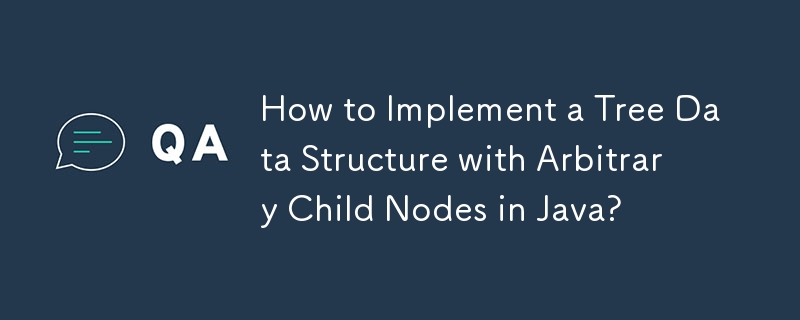
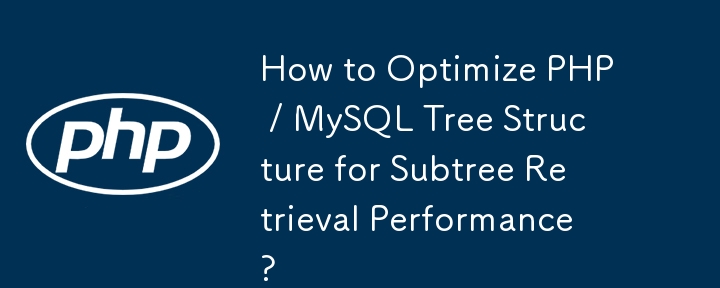
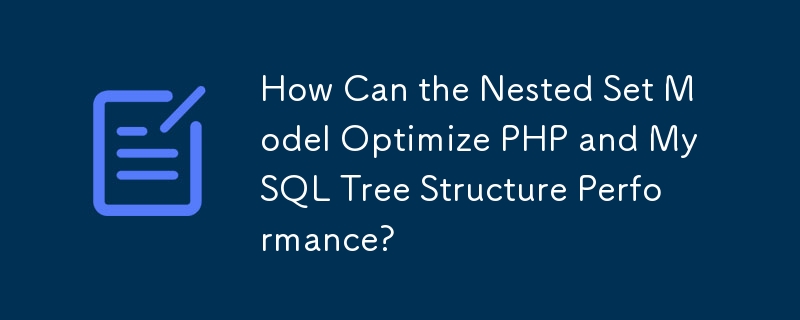

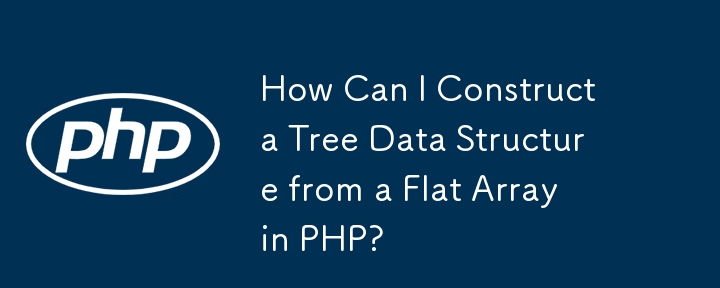
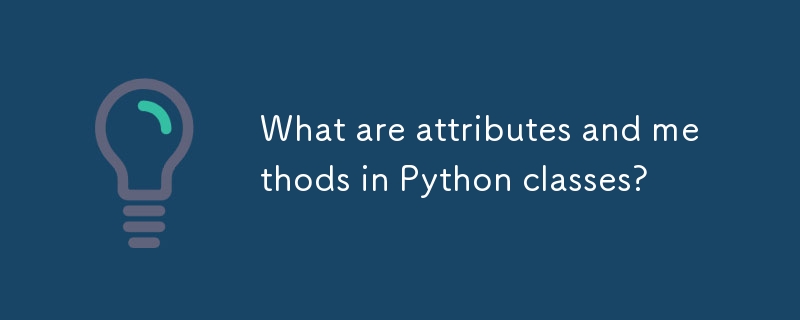
What are attributes and methods in Python classes?
Article Introduction:In Python, class attributes and instance attributes are used to store data related to a class or instance, while methods define the behavior of an object. ① Class attributes are shared by all instances, such as species; ② Instance attributes are specific to each object, such as name; ③ Methods are functions defined in the class, and use self to access instance data, such as bark(); ④ Class methods (@classmethod) and static methods (@staticmethod) provide flexible access to classes or instances; ⑤ Attributes and methods usually work together, such as using class attribute count to track the number of instances and output through class method total_dogs(). This structure makes object-oriented programming more organized and maintainable.
2025-06-24
comment 0
731

How to use oracle index
Article Introduction:Oracle index is a special data structure that accelerates data access and improves query performance by storing pointers to data in tables. Oracle provides a variety of index types, including B-Tree index, bitmap index, function index, and hash index. Indexes are especially suitable for data queries that require frequent filtering of specific columns or accessing large tables, but creating and maintaining indexes requires additional space and overhead, and large amounts of indexes may also reduce query efficiency.
2025-04-11
comment 0
321

Value techniques for multi-layer nested data (mixed arrays and objects) in PHP
Article Introduction:This tutorial is designed to guide PHP developers to efficiently and accurately access specific values in multi-layer nested data structures, especially when the data is mixed with arrays (Arrays) and standard class objects (stdClass Objects). The article will elaborate on the difference between array index access character [] and object attribute access character -> and the correct usage scenarios, and demonstrate how to parse complex data layer by layer through actual cases to avoid common value errors and ensure that developers can flexibly handle various PHP data structures.
2025-08-20
comment 0
619

Modeling Hierarchical Data Structures with PHP Multidimensional Arrays
Article Introduction:Use multi-dimensional arrays and recursive functions to effectively process hierarchical data in PHP. First, build flat data into a tree structure. 1. Recursively organize parent-child relationships through the buildTree function; 2. Recursively generate nested HTML lists using the renderTree function; 3. Use helper functions such as findNodeById to search nodes; 4. Pay attention to the recursive performance overhead, cache the tree structure or use iterative methods when necessary, so as to efficiently implement traversal, rendering and query. This method is suitable for classification, menu and other scenarios, and is a flexible and practical solution.
2025-08-07
comment 0
345

Object-Oriented PHP Syntax: Classes, Objects, and Methods
Article Introduction:Classes and objects in PHP realize code organization and reuse through encapsulation, methods and access control. Define the class to use the class keyword, which contains attributes and methods, such as classCar{private$color; publicfunctionsetColor($newColor){$this->color=$newColor;}}; create objects to use the new keyword, such as $myCar=newCar(); access attributes and methods through the -> operator; public, protected, and private control access permissions to implement data encapsulation; the constructor __construct() is used for initialization
2025-07-16
comment 0
255

How to implement array LRU cache in PHP?
Article Introduction:Implementing LRU cache in PHP can simulate bidirectional linked list structure by using associative arrays and index arrays. The specific steps are as follows: 1. Create an LRUCache class and initialize an array of capacity, cache and access order. 2. Implement the get method, return the value and update the access order. 3. Implement the put method, add or update elements, and remove the longest-lasting elements if necessary. This method is simple and easy to understand, but performance may decline under large data volumes.
2025-05-23
comment 0
701
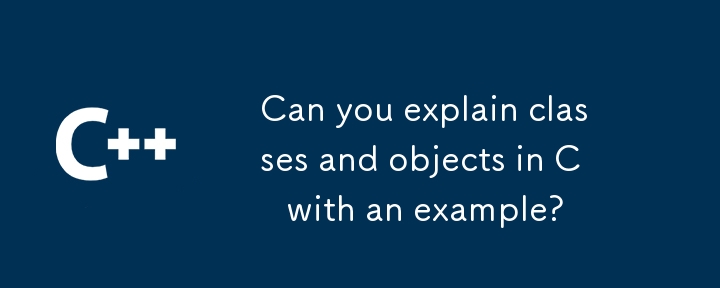
Can you explain classes and objects in C with an example?
Article Introduction:In C, a class is a user-defined data type, containing data and functions, and an object is an instance of a class. Classes are like blueprints, which define the structure and behavior of objects. For example, classCar defines the brand, model, year and methods of starting the engine; objects are specific examples created based on the blueprint, such as myCar and yourCar represent different car objects and have their own data copies. Using classes and objects can improve the organization, reusability, abstraction and maintainability of the code, and is suitable for scenarios such as player character modeling in game development. In addition, the access modifier controls member access rights, the constructor is used to initialize objects, and the class also supports inheritance to build a hierarchy.
2025-06-29
comment 0
337

Flattening and Restructuring Complex PHP Array Hierarchies
Article Introduction:Use recursive traversal to flatten multi-layer nested arrays through dot symbol key names to facilitate configuration search or export; 2. Reindex the array by specifying keys, converting the list into a map with keys as indexes to achieve quick access; 3. Reconstructing flat data containing parent references into a tree structure, suitable for menus or organizational structures; 4. Grouping and nesting arrays based on multiple fields to build a multi-dimensional grouping structure to support complex queries. Select the appropriate method according to the data form and needs to ensure that the logic is reusable and ultimately achieve efficient data operation and display.
2025-08-19
comment 0
772
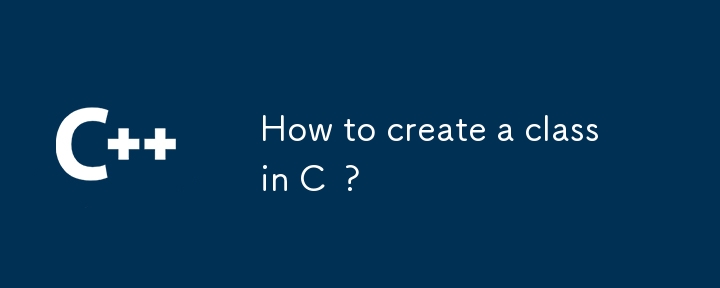
How to create a class in C ?
Article Introduction:The core of creating a class in C is to use the class keyword to define the structure and encapsulate data and operations. The specific steps are as follows: 1. Use the class keyword to define the class, pay attention to ending with a semicolon; 2. Create an object and access members through a dot. The objects on the heap need to use pointers and -> operators and manually release memory; 3. Use the constructor to automatically initialize members, and multiple constructors can be overloaded; 4. Control access rights through private, protected, and public, which is default to private, and public members are visible to the outside world. Master these basic syntax and key points to quickly get started with the use of the class.
2025-07-12
comment 0
973
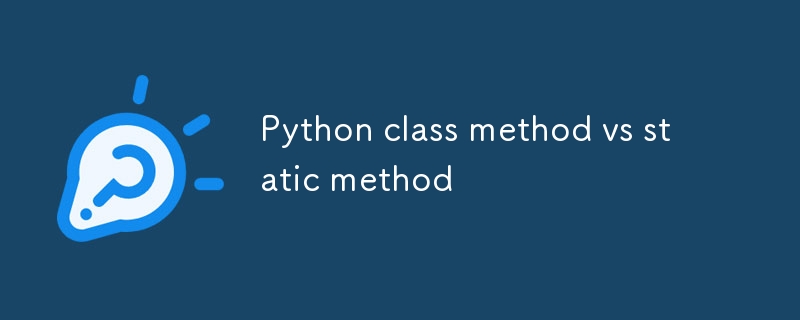
Python class method vs static method
Article Introduction:The main difference between classmethod and staticmethod is parameter passing and purpose. ① Classmethod receives the class as the first parameter (cls), which can be used to access class properties and methods, which are suitable for factory methods or class-level operations; ② Staticmethod does not receive automatically passed parameters, but is more like an ordinary function bound to a class, suitable for tool functions or logical encapsulation; ③ Classmethod supports inheritance and rewrite and can return subclass instances, and although staticmethod also supports rewrite, it does not involve class or instance state; ④ If the method needs to call the class itself data, select classmethod. If it is only logical classification and has no class structure, select staticme
2025-07-04
comment 0
988
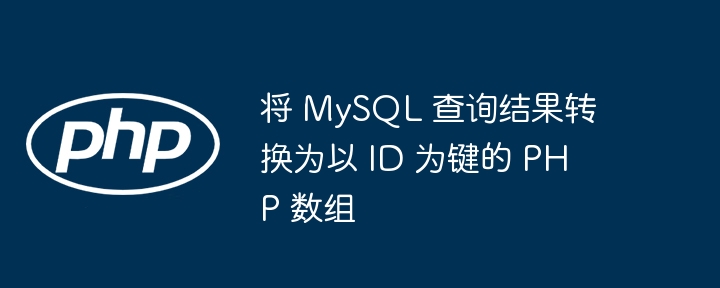
Convert MySQL query results to PHP array with ID as key
Article Introduction:This article describes how to convert data queried from a MySQL database into a PHP array and use the ID field in the database as the key to the array. By modifying the method of loop traversing query results, an array structure with ID as key can be easily implemented, which facilitates subsequent data access and processing.
2025-08-25
comment 0
729

How to create an object in php
Article Introduction:To create a PHP object, you need to define the class first, and then instantiate it with the new keyword. For example, after defining the Car class and setting properties and constructing methods, create an object through $myCar=newCar("red","Toyota"), and then use -> to access its properties and methods, such as $myCar->color and $myCar->showInfo(). Each object has independent data and can create multiple instances.
2025-08-27
comment 0
885
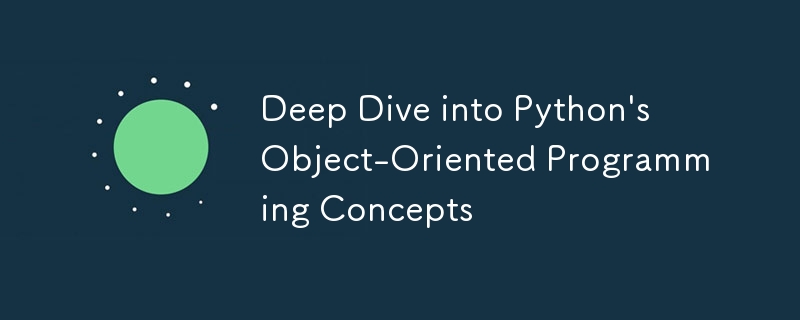
Deep Dive into Python's Object-Oriented Programming Concepts
Article Introduction:Python's object-oriented programming organizes code through classes and objects, emphasizing the combination of data and operations. 1. The class is a template, the object is an instance, and the attributes are initialized with init; 2. Inherit the reusable class function and use super() to call the parent class; 3. Encapsulate the control of access rights through underscore or double underscore to protect the internal state; 4. Polymorphism allows different classes to implement the same-name method and unify the different behaviors of the interface. These features make the program structure clear and easy to maintain.
2025-07-06
comment 0
632


















